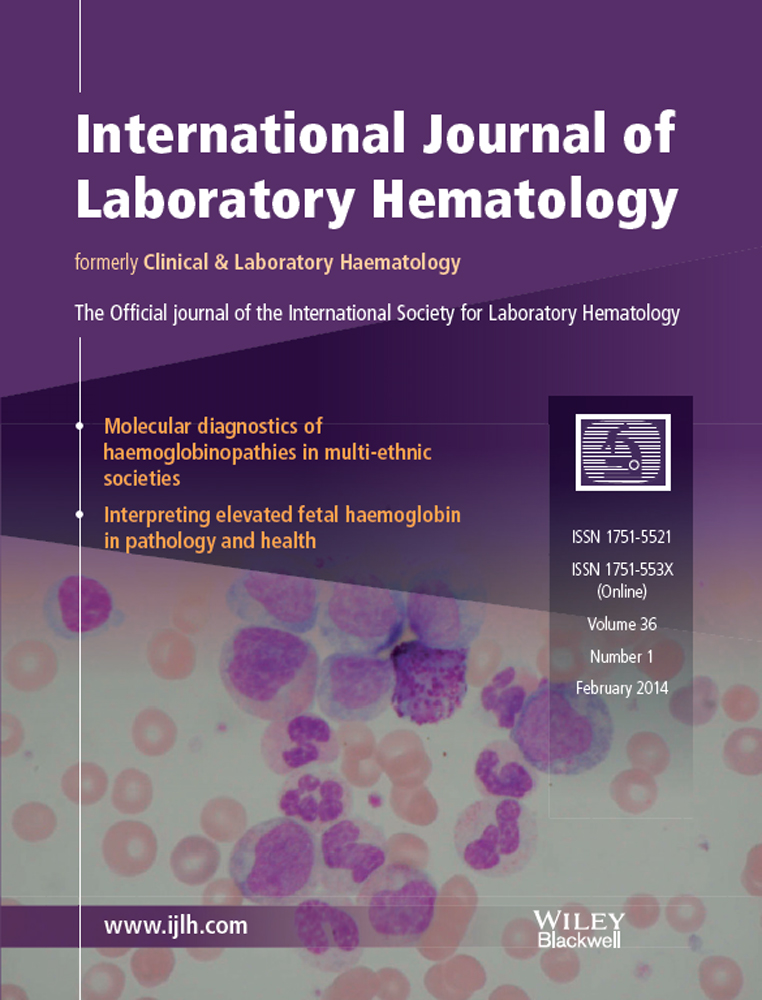LH750 hematology analyzers to identify malaria and dengue and distinguish them from other febrile illnesses
Summary
Introduction
Tropical febrile illnesses such as malaria and dengue are challenging to differentiate clinically. Automated cellular indices from hematology analyzers may afford a preliminary rapid distinction.
Methods
Blood count and VCS parameters from 114 malaria patients, 105 dengue patients, and 105 febrile controls without dengue or malaria were analyzed. Statistical discriminant functions were generated, and their diagnostic performances were assessed by ROC curve analysis.
Results
Three statistical functions were generated: (i) malaria-vs.-controls factor incorporating platelet count and standard deviations of lymphocyte volume and conductivity that identified malaria with 90.4% sensitivity, 88.6% specificity; (ii) dengue-vs.-controls factor incorporating platelet count, lymphocyte percentage and standard deviation of lymphocyte conductivity that identified dengue with 81.0% sensitivity and 77.1% specificity; and (iii) febrile-controls-vs.-malaria/dengue factor incorporating mean corpuscular hemoglobin concentration, neutrophil percentage, mean lymphocyte and monocyte volumes, and standard deviation of monocyte volume that distinguished malaria and dengue from other febrile illnesses with 85.1% sensitivity and 91.4% specificity.
Conclusions
Leukocyte abnormalities quantitated by automated analyzers successfully identified malaria and dengue and distinguished them from other fevers. These economic discriminant functions can be rapidly calculated by analyzer software programs to generate electronic flags to trigger-specific testing. They could potentially transform diagnostic approaches to tropical febrile illnesses in cost-constrained settings.




